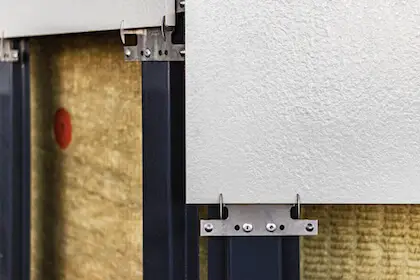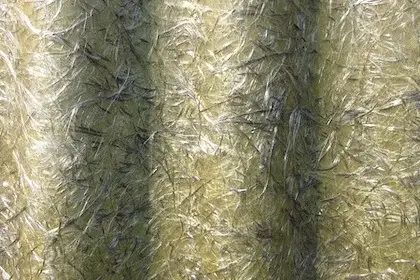Fiberglass insulation is an excellent solution for insulating your home. It can be used in both residential and commercial construction to provide a cost-effective way of staying warm in the winter and cool during the summer.
Fiberglass insulation also provides superior fire resistance, durability, airtightness, sound control, water resistance, and insect protection. With so many benefits it’s no wonder why fiberglass insulation has become one of the best materials on the market today.
Fiberglass insulation is a great product to use when insulating your home. It is breathable, which means it will not trap moisture and humidity inside the walls. In addition, fiberglass insulation resists condensation since it does not absorb water like some types of insulation do.
Fiberglass has been used in homes since the 1960s when it was first introduced as a replacement for asbestos.
Nowadays there are two types available: traditional batt style fiberglass with a paper backing or blown-in loose fill which is more commonly known as spray foam. The sprayed type offers a higher R-value and greater fire resistance.
Fiberglass also provides superior fire resistance, durability, airtightness, sound control, water resistance, and insect protection.
Is fiberglass insulation dangerous to breathe
Fiberglass insulation is a popular choice for homeowners because it’s easy to install and inexpensive. The main concern with fiberglass insulation is that some people may be allergic or suffer from asthma, hay fever, or other respiratory problems.
When installed incorrectly or not properly handled by contractors, it can cause chronic respiratory problems such as asthma and sensitivities to allergies.

It can also cause people to develop health issues like coughing, wheezing, and difficulty breathing long after they’ve left the building where the material was used.
If you are considering installing fiberglass insulation but have any conditions of this nature, consult your doctor before making any decisions about its use in your home.
Risks of handling fiberglass insulation incorrectly
There are three main concerns with handling this type of insulation incorrectly.
Fibreglass contains an irritant called crystalline silica which can cause lung cancer when inhaled in high concentrations; it is not fire-resistant because it does not contain any flame retardants; and breathing in its fibers can lead to a condition called “fiberglass lung,” a form of COPD that causes shortness of breath, wheezing, coughing, chest tightness and dry throat.
If you are considering installing fiberglass insulation yourself but have any conditions of this nature, consult your doctor before making any decisions about its use in your home.
What Are Some Advantages And Disadvantages To Using Fiberglass
There are many advantages to using fiberglass as an insulator, including being easy to install, resistant to water damage, and having a lower cost than other types of insulation. However, there are also some disadvantages that you should be aware of before deciding on this type of insulation for your home.
For example, while it is fire-proof, it doesn’t provide the same level of heat resistance as other materials. This means that in areas with extreme weather conditions like hot summers or cold winters you may have to use more energy for heating or cooling your house depending on the season.
The key when considering which type of insulation is best for your home is understanding what factors are important to you – convenience? Cost? Durability? Fire safety? Heat resistance?




